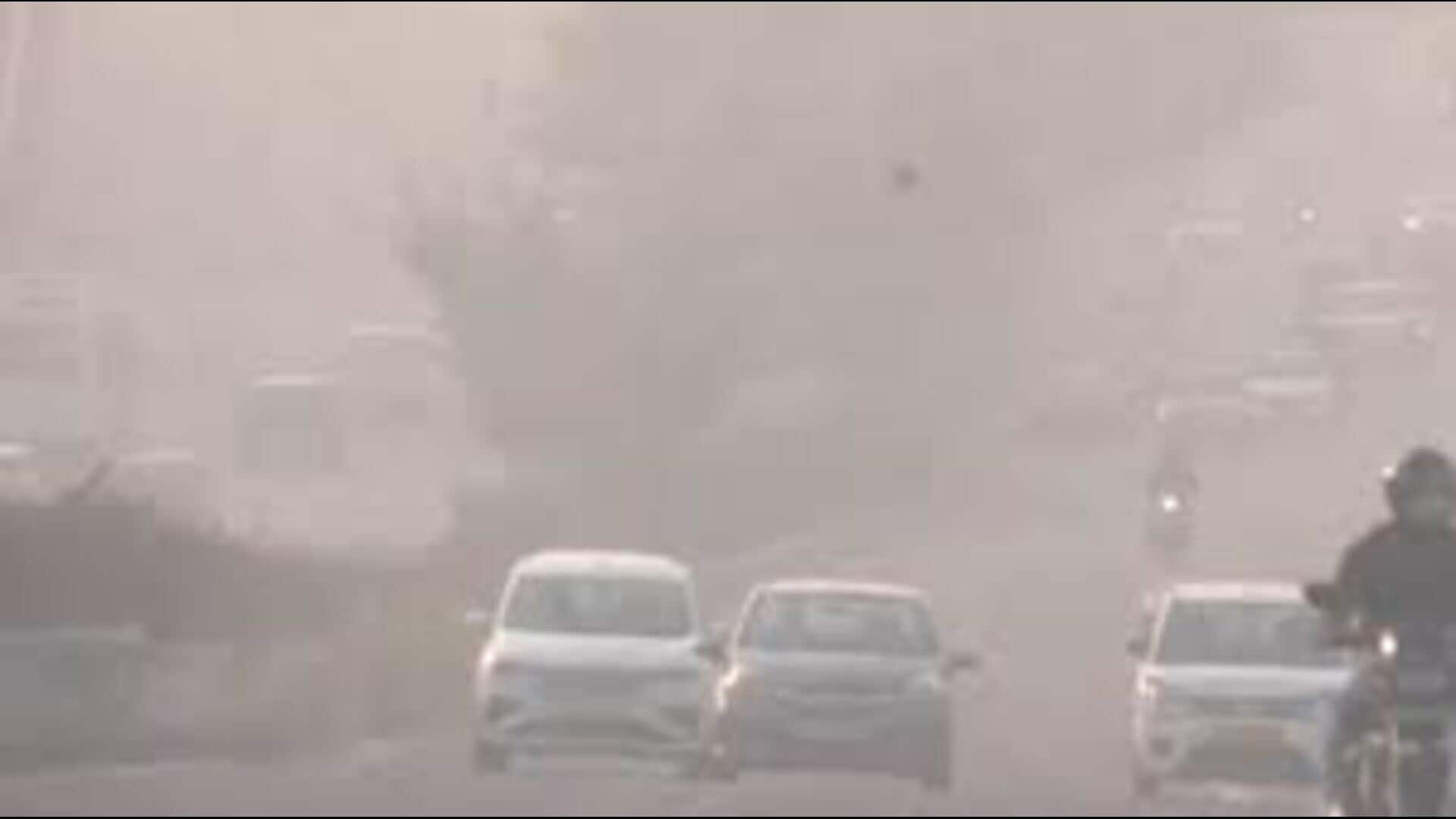
Delhi pollution jumps 65 times WHO safe limit post-Diwali
What's the story
Delhi's Air Quality Index (AQI) deteriorated drastically, hitting the "hazardous" level two days after Diwali on Sunday.
At 5:00am the AQI stood at 507, with the city shrouded in thick smog. This is a sharp spike from an AQI of 327 just 12 hours ago.
PM2.5 levels in Delhi-NCR spiked to over 65 times higher than the World Health Organization's safe limit, which is 15 µg/m3 for 24-hour average exposures, according to IQAir data.
Affected regions
Poor air quality in Delhi's areas
Several areas in Delhi, such as Alipur, Anand Vihar, and Ashok Vihar, also recorded very poor air quality.
The AQI scale categorizes levels between 0-50 as "good," up to 100 as "satisfactory," up to 200 as "moderate," up to 300 as "poor," up to 400 as "very poor," and above 400 as "severe."
Other Indian cities also witnessed deteriorating air quality post-Diwali.
Nationwide impact
Other Indian cities report poor air quality post-Diwali
Kolkata's AQI remained in the "poor" category on Saturday, with Ballygunge recording an AQI of 288.
Mumbai recorded an AQI of 192 on Saturday morning.
In Haryana and Punjab, several places recorded poor air quality.
In Himachal Pradesh, the average AQI rose to 140 post-Diwali due to firecracker use, compared to last year's average of 92.
Ban enforcement
Delhi's air quality worsens despite firecracker ban
On Diwali, Delhi's 24-hour AQI was 339, while the following day it was 362.
Historical data indicates that Delhi's air quality has fluctuated over the years during Diwali, with an AQI of 218 in 2023 and higher numbers in previous years.
According to Swiss firm IQAir, New Delhi was ranked the world's most polluted city on Friday morning, November 1.
Twitter Post
Visuals from Kalindi Kunj
#WATCH | Delhi: Toxic foam seen floating on the Yamuna River in Kalindi Kunj, as pollution level in the river continues to remain high.
— ANI (@ANI) November 3, 2024
(Drone visuals shot at 8:00 am) pic.twitter.com/zFUsmqDpHa